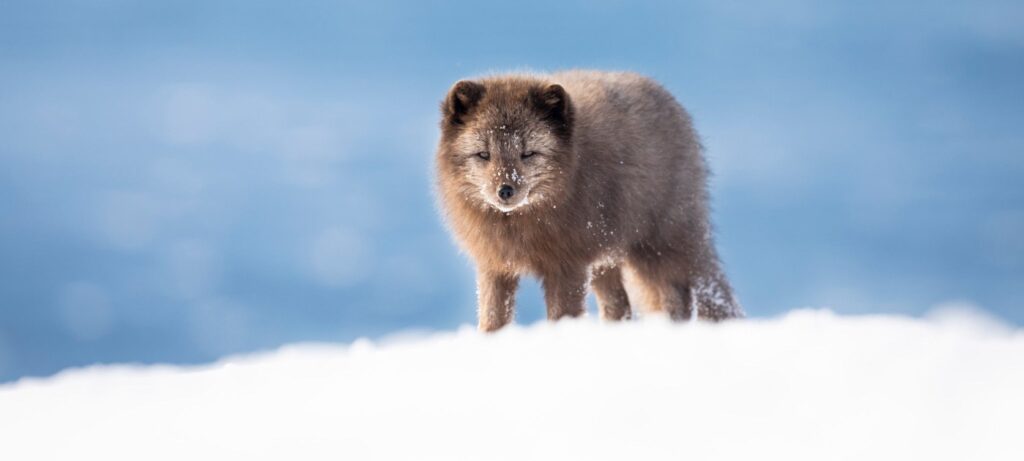historic. ambitious. It's a win for the planet.
These were the words used in 2022 to describe the Kunming-Montreal Global Biodiversity Framework, a vast agreement to protect and restore the natural world.
Almost 14 months later, countries are racing against time to implement the agreement, as the planet is on the brink of the biggest mass extinction since the days of the dinosaurs.
“This is nature's last chance to overcome the crisis it faces,” said Neville Ash, director of the United Nations Environment Program World Conservation Monitoring Center (UNEP-WCMC). “We only have a few years left before we can reliably support life on Earth as we know it.”
Delegates will gather in Kenya later this month for the United Nations Environment Assembly (UNEA-6), the world's highest decision-making body on the environment. Among the issues they are expected to discuss include how to translate the ambitions of the Global Biodiversity Framework into action on the ground.
Ahead of these talks, we spoke with Mr. Ashe about the importance of the agreement and whether countries are in a position to deliver on their commitments.
Why does the world need to act quickly to implement a global biodiversity framework?
Neville Ash (NA): Currently, humans are driving one million species to extinction. We are facing the world's sixth mass extinction. The fifth one was of a dinosaur.
This natural crisis threatens food security, our well-being, and the supply of critical goods such as timber. We are witnessing an increase in pests and diseases and untold cultural losses due to ecological imbalances.
These changes to the natural world are occurring faster than at any other time in human history. Its impact reaches to the heart of our society and economy.
This is not the first time countries around the world have pledged to protect nature. The previous agreement, the Aichi Biodiversity Targets, resulted in “limited progress”. What's different about this new framework?
NA: This time, there is a greater focus than ever on the actions of governments and society as a whole, and greater emphasis on transparency of progress. Unlike past agreements, there are some common indicators that all countries have agreed to report on. These indicators cover everything from the state of biodiversity to the resources allocated for its conservation and sustainable use. This will provide a more consistent understanding of international progress based on actions taken at the national level.

Some of the framework's most ambitious goals are due in 2030. Its goals include protecting 30 percent of the planet, restoring 30 percent of degraded ecosystems, and generating US$200 billion annually in nature-friendly financing. Can we do all that in just 6 years?
NA: yes. But if you have any hope of achieving these goals, you need to take action now. In most countries, the goals of this framework span many ministries, so whole-of-government involvement is critical.
Governments alone cannot achieve the goals of the Global Biodiversity Framework. The private sector, civil society organizations and indigenous peoples are also making important contributions. The buy-in process takes time. Efforts to protect her 30% of the planet he cannot do on New Year's Eve 2029.
Is there a danger for countries rushing to implement national biodiversity plans?

